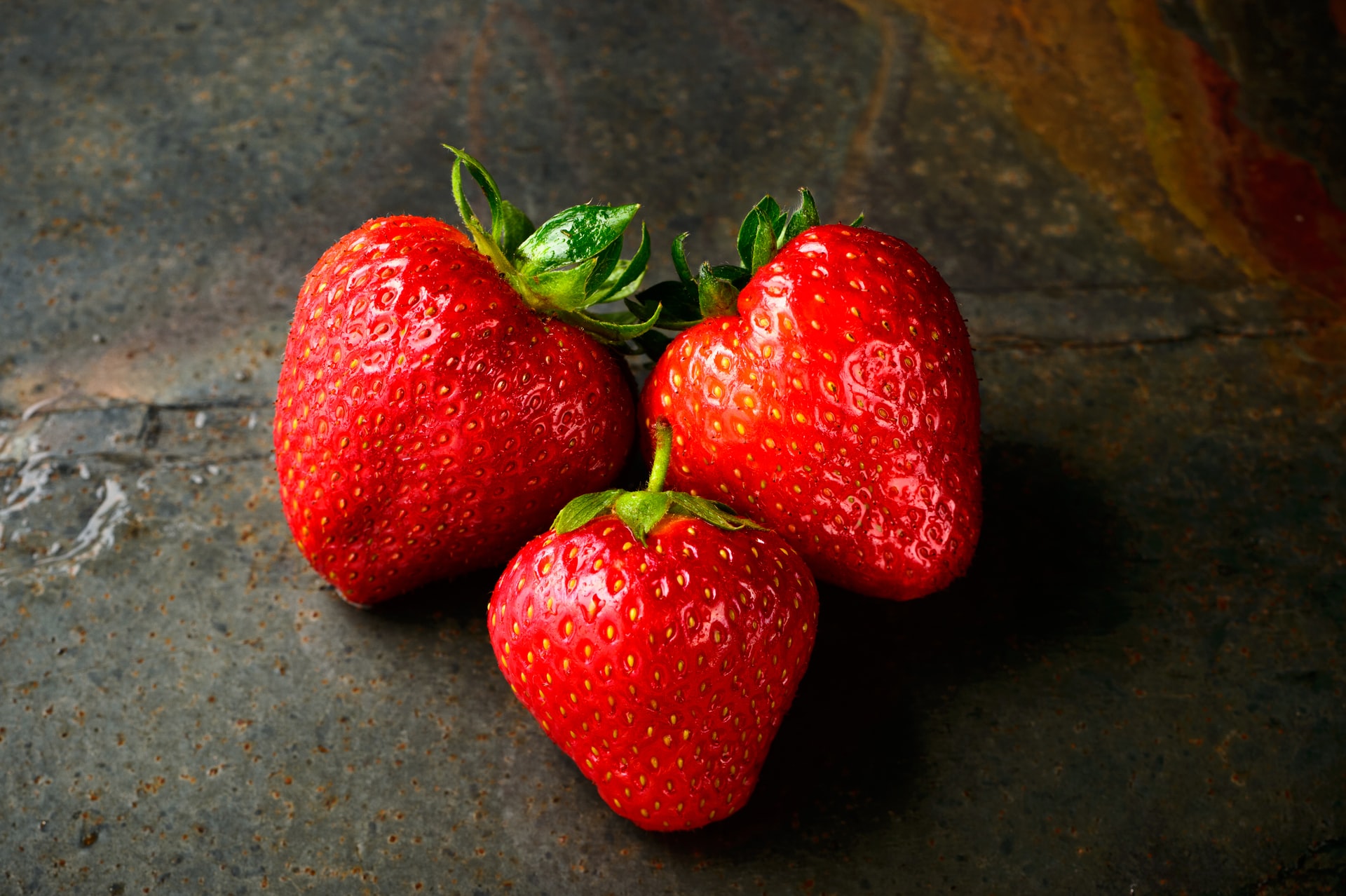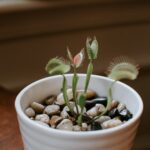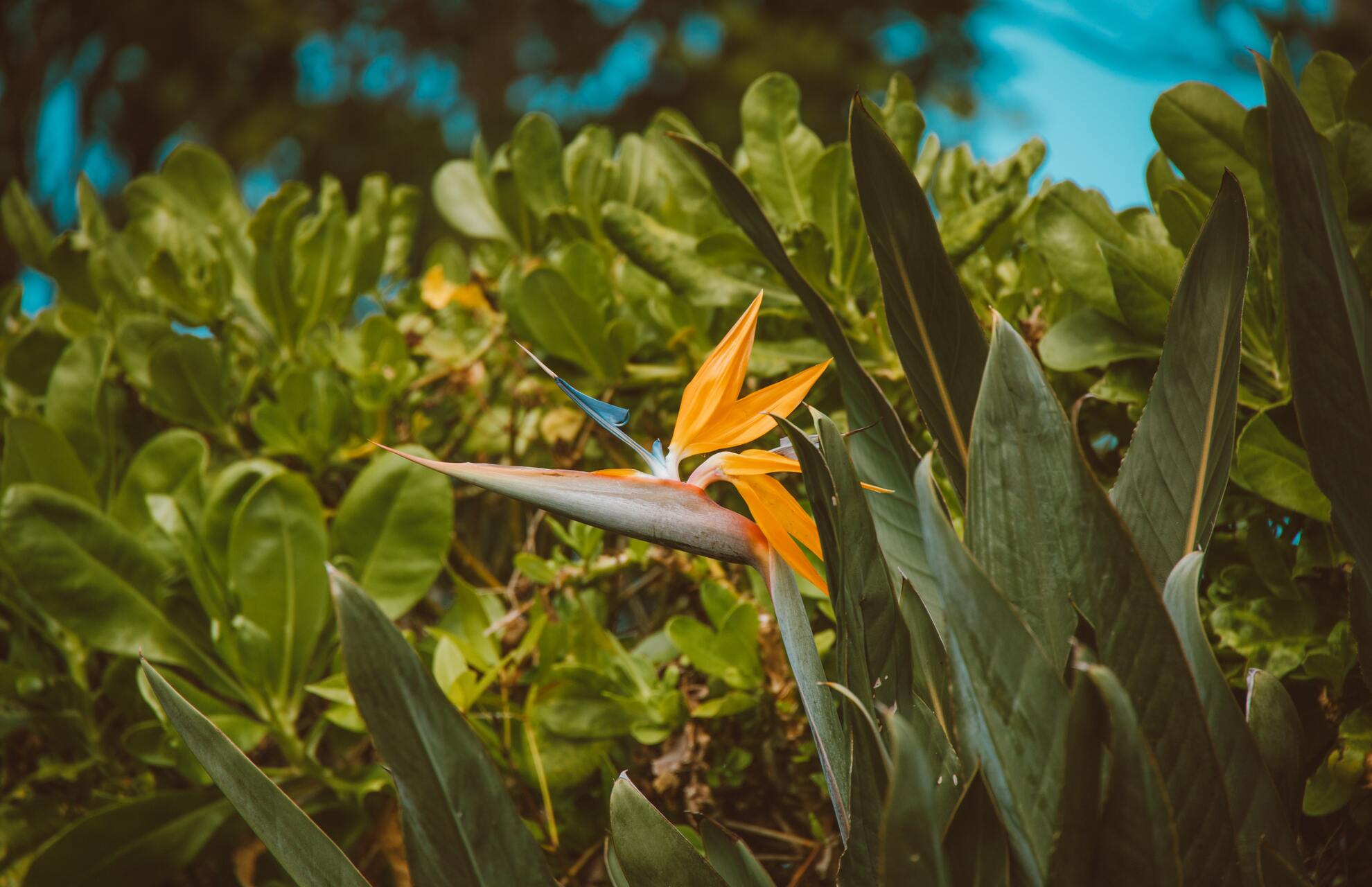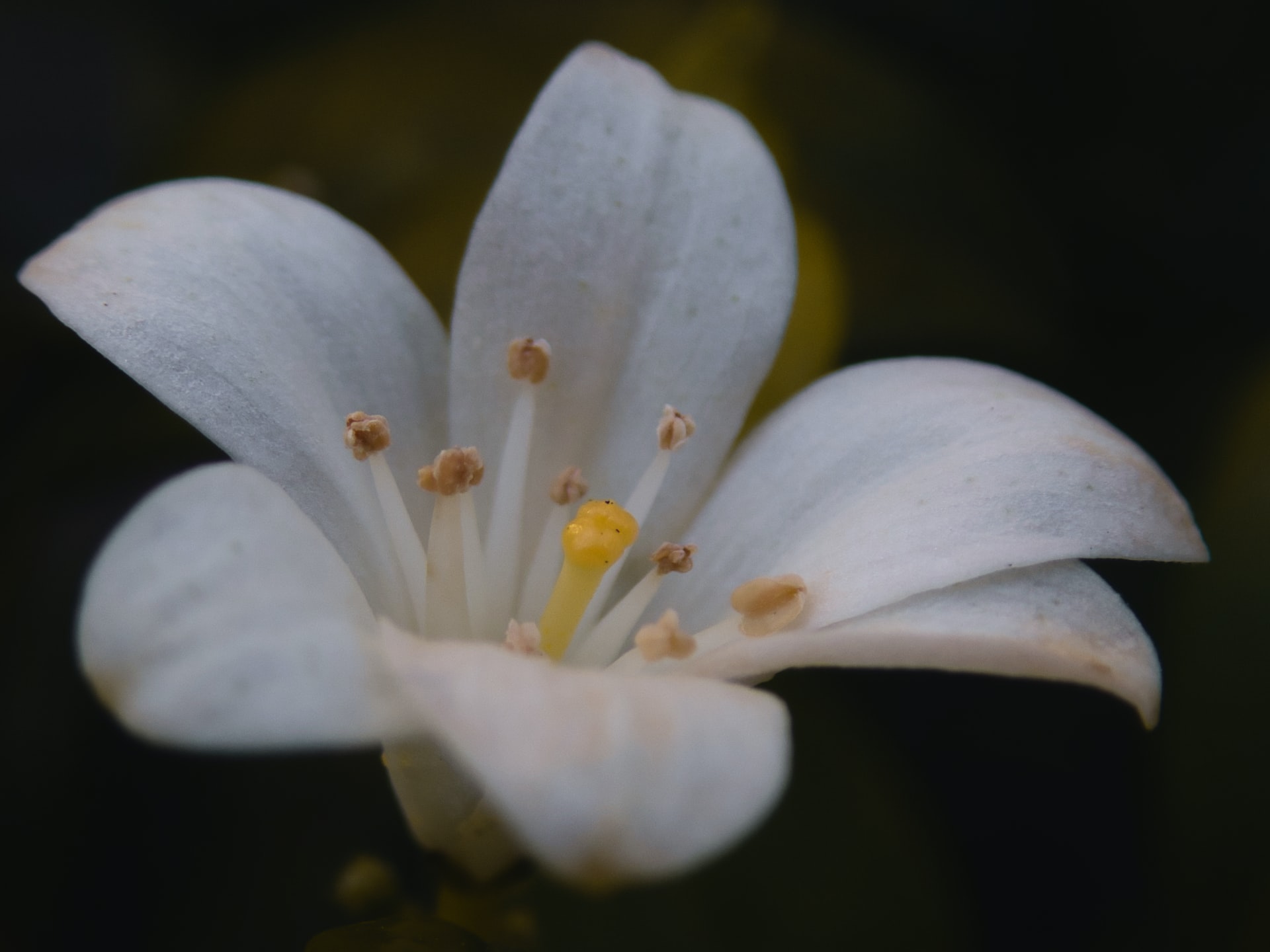Strawberries are perennials, and if the plants are healthy, they will regrow in the spring. While strawberry leaves might perish in the winter, the roots can withstand lower temperatures. Strawberry plants will sprout from their roots each year if the roots are healthy and survive the winter. The majority of strawberry plants are cold-hardy down to Zone 5, while some cultivars are cold-hardy enough to withstand frigid Zone 3 winters.
Are Strawberries Perennials or Annual Fruits?
Strawberries are technically perennial herbaceous plants. They become dormant in the winter to prepare for budding and flowering in late spring, followed by fruiting in the summer.
In contrast to annuals, which must be replanted year after year (as do most vegetables), perennials are moderately cold-hardy and may regrow after the winter. Strawberries can withstand temperatures as low as 10°F if adequately insulated and dormant.
Strawberry Growth: Perennial Fruiting Plants
Strawberries, like other perennials, will perform the most of their growing in the spring as the earth warms, then will slow down/stop as winter approaches and the soil becomes colder and harder. They will require around 8 hours of direct sunlight every day. You must ensure that they get enough sunlight; otherwise, they will not produce a good yield.
Most strawberries require a rest time after producing their first fruit and will not produce fruits during the second part of the summer. They will continue to develop little buds in preparation for the following growth season. After they set fruit, some kinds also generate runners.
Strawberry seeds are carried on the exterior of the fruit and can contain up to 200 seeds on the outside of a single strawberry. Strawberries may generate a large number of runners during their growing season. This allows them to grow and generate new plants, which will eventually grow into enormous strawberry plants. Trim these runner plants and only let up to three runners every season. Some strawberry cultivars will not generate any runners at all (like Alpine Strawberries).
Strawberries Hardiness Zones
Strawberries are perennial fruit plants that grow in USDA zones 5 through 8. This implies they can withstand winter temperatures ranging from 10 to 20°F.
Bare root strawberry crowns can be planted once in these zones and collected throughout the summer until their green leaves fall back throughout the winter. The plants reappear and fruit again in the spring, just like real perennials.
Strawberries, like many other plants, have a lifetime that is mostly governed by temperature and sunshine. Strawberry plants may tire more quickly in the warmer southern zones because they are not subjected to the cold temperatures that produce dormancy. This is why Florida strawberry producers mostly plant day-neutral cultivars as annuals (more on this below).
Northern producers in zones 4–7, on the other hand, may often overwinter strawberries without trouble. However, if a late spring or early autumn frost occurs before the strawberry plant has had time to suck its vitality down into the crowns and lose its leaves, difficulties might emerge.
Cold tolerance is determined by the kind of strawberry, the timing of frosts, and the quantity of protection (mulch or row cover) provided to the plants.
Long-Lived Strawberry Plant Soil and Planting
Strawberry plants that are healthy are more likely to survive the winter and return in the spring.
Strawberries prefer soil with a pH of 5.5 to 6.8. This soil is mildly acidic. This type of soil may be difficult to come by in your location. Do not be concerned about finding the appropriate soil in your garden since it is simple to artificially build a growth space for your strawberries that meets their needs.
Finding a container to grow strawberries in is an excellent way to build your own strawberry-growing environment. Any big container, such as a half-barrel garden, will suffice. They can thrive in these containers, free of weeds and other issues. Fill your container with high-quality potting soil. Strawberries like soil that has old compost or is loaded with growth elements such as potassium, nitrogen, and phosphorus.
Many strawberry cultivars grow quickly. They are simple to cultivate but can quickly get overcrowded if not thinned. Because of this, it is advisable to space strawberries 12-18 inches apart.
Strawberries as Perennial Plants
Perennial output is normally strongest in zones 6 through 8.
In USDA zones 6 through 8, perennial strawberry crops can be let to flourish year after year. Gardeners in cooler areas (USDA zones 4 and 5) may need to add extra mulch or row cover to their strawberry plants to ensure good overwintering.
Growing strawberries as real perennials is rather simple as long as you maintain the area. Because they are continuously sending out stolons (or runners) to generate new baby plants, these wild plants can become rather tangled.
If you want your perennial strawberry patch to be productive for several years, trim the stolons as much as possible. In this manner, the plants direct their energy toward the production of flowers and fruit. This will also allow for enough aeration between the plants, which will aid in disease prevention.
Strawberry infections are the primary reason that many producers avoid perennial plantings of these delicious red fruits. Unfortunately, most strawberry plants are susceptible to infections such as fruit rot, early and late blights, powdery mildew, and botrytis. Many gardeners find that pulling out the plants and beginning again each year helps them cope with this problem. A perennial planting, on the other hand, will necessitate a bit more attention to keep the plants in place.
Maintaining a good soil biology (useful microorganisms), frequent trimming, and avoiding overhead watering are the simplest ways to prevent illness (which leads to water sitting on the leaf surfaces). Compost tea, diluted neem oil, or horsetail (Equisetum spp.) sprays can also be used as organic prophylactic measures against strawberry illnesses.
Finally, to keep weeds at bay, perennial strawberries require constant mulching. Perennial plants, in general, make organic gardening more difficult. You can’t just rip them out and plow through the earth with a hoe. As a result, you must be more creative with mulching, hand-weeding, and weed seed bank reduction. Never allow weeds to grow in your strawberry crop!
Before planting a perennial strawberry patch, find a location in the garden that you don’t mind having taken over. Once planted, strawberries are surprisingly vigorous plants. Removing a well-rooted perennial strawberry patch may be time-consuming, so don’t plant them in your vegetable beds if you intend to keep the crowns in the ground for an extended period of time.
Perennial Strawberry Varieties
Everbearing types
- ‘Ozark Beauty’
- ‘Fort Laramie’
- ‘Quinalt’
- June-bearing types
- ‘Earligrow’
- ‘Yambu’
- ‘Galletta’
Strawberries as Annual Plants
Growing as an annual might result in higher fruit production.
While growing strawberries as annuals requires a little more effort, it typically results in higher yields of bigger berries. Regardless of climate, I always advocate planting day-neutral strawberries as annuals. This method has shown to be incredibly effective for many organic gardeners and farmers I know from California to Texas, Montana, New Hampshire, and everywhere in between.
Annual strawberries are cultivated in the same manner as annual vegetables. They may be planted in early spring and provide a harvest in a few of months. They are picked throughout the summer and fall, and then removed from the garden before the arrival of winter.
The simplest approach to get rid of old strawberry plants is to simply pull up the tops and discard them.
If you plant strawberries as annuals, you should discard or compost old strawberry crowns each winter. This manner, you may begin again in the spring. If the crowns are left in the ground or saved for replanting, they can carry a variety of illnesses and infections. Plus, strawberry crowns are inexpensive and commonly accessible, so there’s no point in taking a chance.
It is also much easier to have annual strawberry patches weeded because there are no long-standing plants established in the ground.After the plants are removed in the winter, you may hoe, add compost, and mulch the bed (or plant it with some winter greens). When it comes time to plant your fresh strawberry crowns in the spring, you may start with a weed-free bed that has already been prepared. The improved vigor from reduced competition, better aerated soil, and optimum spacing is an added plus.
Annual strawberries still require pruning. They are, however, less prone to form the tangled mats that perennial strawberries produce. Growing annual strawberries has the extra benefit of allowing you to move them about the garden as part of your crop rotation.
Keep in mind that annual paintings of strawberries need to be day-neutral varieties. These types of berries were specifically bred to fruit in the same year that they are planted.
Annual Strawberry Varieties
- Day-neutral types
- ‘Albion’
- ‘Seascape’
- ‘Portola
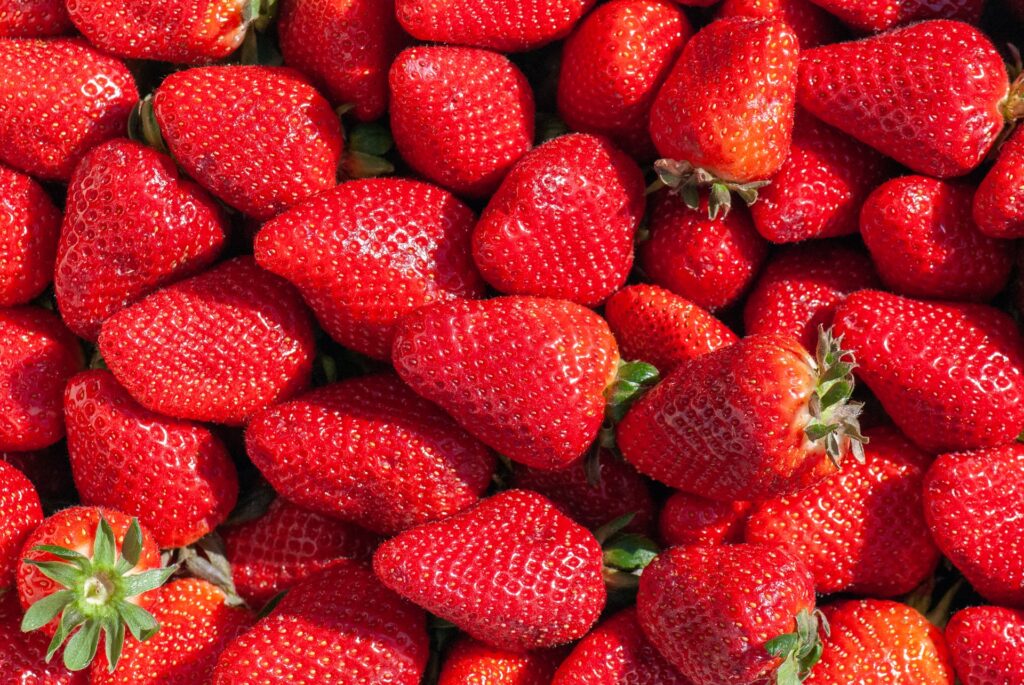
Conclusion
Strawberries are unusual in that they are technically perennials in the wild. Humans, on the other hand, have worked out how to produce them as strong annuals in domestication. Whether you let your strawberries go wild and overwinter, or you time them to coincide with your vegetable crop rotations, you’ll be able to eat excellent berries directly from your garden all summer long.

